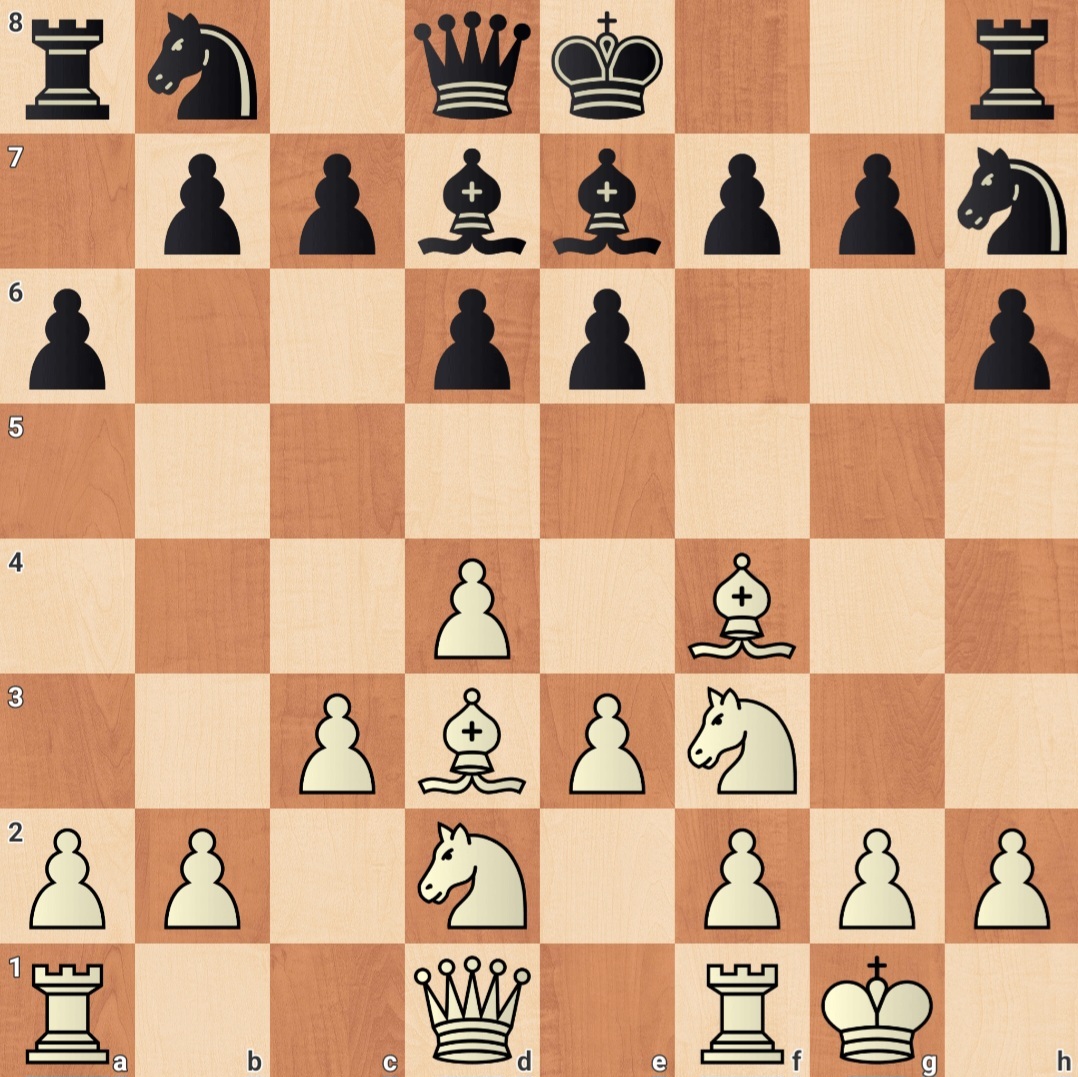Nah. they’ve fucked up
Chess Beginners
A community for beginner's playing chess.
Rules
- No bigotry - including racism, sexism, ableism, homophobia, transphobia, or xenophobia.
- Be respectful, especially when disagreeing. Everyone should feel welcome here.
- No porn.
- No Ads / Spamming.
This is a safe space for chess beginners, this includes your opponent, be respectful. Even if your opponent is not hanging around here
see also:
Not really --the reason being that no-one would play this who is experienced at the game, and I'll do my best to explain why:
- Black's bishops are incredibly passive. If you're going to sit back and let white take the centre, generally you're going to stick the bishops on the long diagonal so you have long-term compensation (as in e.g. the King's Indian). On the long diagonal (a1-h8 or a8-h1), the bishop is always going to apply pressure to the centre, and once the centre opens control a lot of key squares.
Compare that to black's bishops here. Which squares are they looking at? Not ones you particularly care about. You are completely free to carry on developing, then play e4, clamping down on the centre.
-
Black's knights are doing nothing. You may have heard the phrase 'a knight on the rim is dim'. Black's knight on h7 is doing not very much, while yours are controlling key central squares (the one on d2 prepares e4).
-
Pawn structure. Generally in an opening like the King's Indian, black prepares pawn moves like e5, c5 or f5 to strike back at white's centre, and when the centre opens their great pieces (like a fianchettoed bishop or active Knights) can take advantage. Your opponent doesn't have any pieces geared towards making these pawn breaks useful. e5 loses a pawn, d5 opens up your dark squared bishop, c5 can be ignored and allows you to apply pressure to the weak d6 pawn.
The bottom line is: black has wasted a lot of their time, and you are developed and ready to crack their position. In terms of how to press an advantage, many people overbalance and try to push too hard. The best way to punish passive play is to finish developing (Qe2, and put the rooks on d1 and e1), then pick a side to attack on, and gear yourself towards pushing pawns, and manoeuvring your pieces to support those breaks. Your opponent is hoping you overextend and collapse; don't give them the satisfaction. Good luck!
